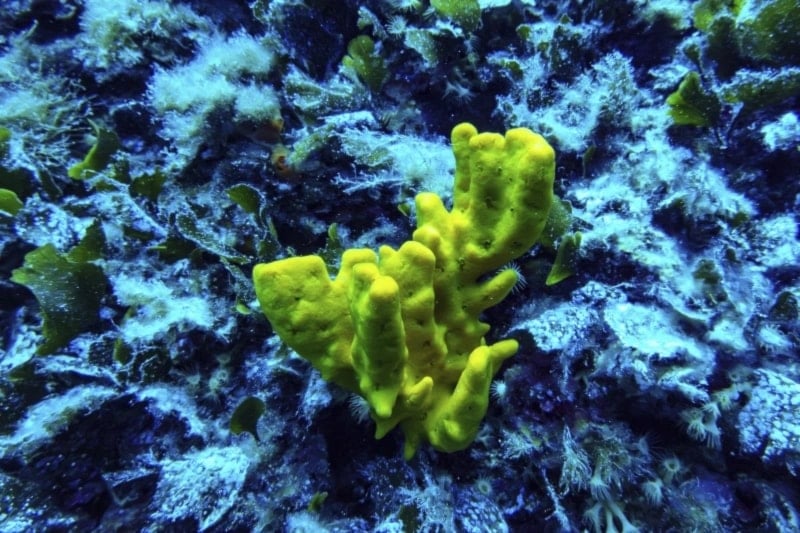UN global ocean treaty to enter into force in 2026
Over 60 countries will ratify the UN Global Ocean Treaty in 2025, enabling historic marine protection and high seas regulation from January 2026.
-

Coral is visible in the protected area of France’s Porquerolles National Park ahead of the UN Ocean Conference on Friday, June 6, 2025. (AP)
More than 60 countries have pledged to ratify the UN Agreement on Marine Biological Diversity of Areas beyond National Jurisdiction by the end of 2025, paving the way for its official entry into force on January 1, 2026, according to French President Emmanuel Macron.
Speaking during a press conference at the UN Ocean Conference in Nice, Macron said the growing number of ratifications signals a turning point in the global effort to safeguard marine biodiversity.
"We currently have 55 ratifications, about 15 intentions to ratify with a specific date, and another 15 countries that intend to do so by the end of the year. Thus, by the [80th session] of the UN General Assembly [in September], at least 60 necessary ratifications will be submitted to the UN, which allows us to confidently speak about the entry into force of the agreement," Macron stated.
The marine biodiversity treaty aims to create a legally binding framework for the conservation and sustainable use of oceanic regions that lie outside national jurisdictions. Macron emphasized that once the agreement comes into force, “we will finally be able to protect it and fight illegal fishing.”
Treaty aims to designate 30% of world’s oceans as protected by 2030
Negotiated over several years and finalized by the United Nations in March 2023, the ocean conservation agreement seeks to designate 30% of the world’s oceans as protected areas by 2030. The treaty is seen as a significant step toward achieving high seas protection through coordinated international action.
By establishing global mechanisms to regulate maritime activity, the treaty is also intended to deter illegal fishing and support the restoration of marine flora and fauna. With strong backing from member states and growing momentum in international environmental diplomacy, the UN Global Ocean Treaty represents a cornerstone in long-term efforts to address threats to ocean health.
Formally known as the Agreement on Biodiversity Beyond National Jurisdiction, it is the first legally binding agreement designed to conserve marine biodiversity in international waters, areas which constitute about two-thirds of the world’s oceans and nearly half the planet’s surface. Until now, no global framework existed to regulate activities such as deep-sea mining and fishing in these vast, unregulated waters.
High Seas treaty gains momentum
The surge in support for the treaty has raised hopes that 2025 could mark a turning point for high-seas protection.
“To reach 60 ratifications would be an absolutely enormous achievement, but for the treaty to be as effective as possible, we need countries from all over the world to engage in its implementation,” said Rebecca Hubbard, director of the High Seas Alliance, as reported by the Associated Press (AP). “So the next step will be to go from 60 to global.”
“We’re on the brink of making high seas history,” Hubbard said.
Achieving 60 ratifications will trigger a 120-day countdown toward activation, after which the first Conference of the Parties (COP1) must be held within a year to finalize governance and implementation, according to The Guardian.
The treaty empowers nations to establish marine protected areas, coordinate scientific collaboration, and regulate harmful practices.

 3 Min Read
3 Min Read








